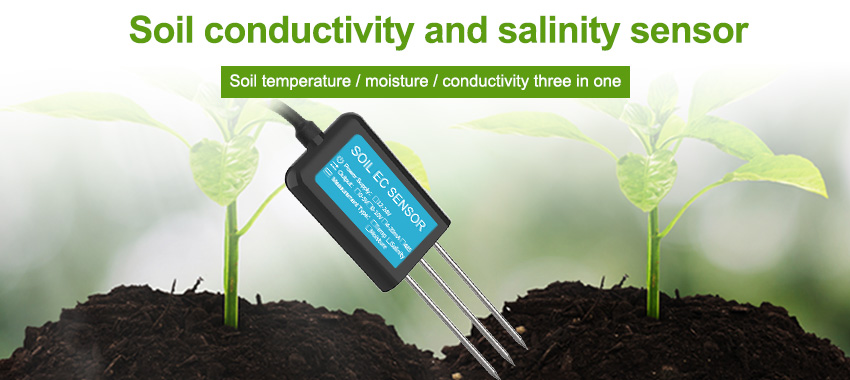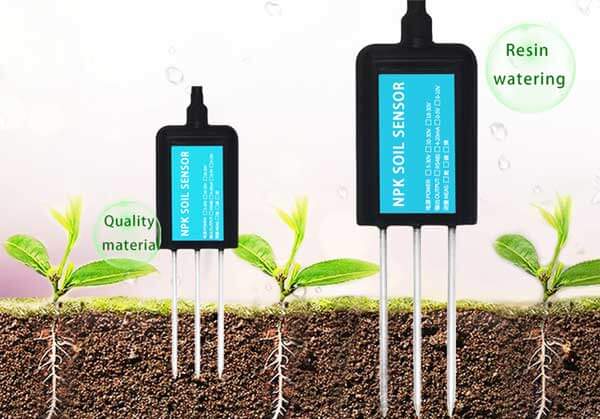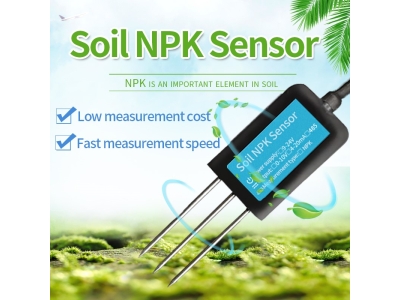Agriculture is a vital sector that provides food and raw materials for human consumption. However, the traditional methods of farming have caused significant environmental damage, including soil degradation, water pollution, and greenhouse gas emissions. To address these challenges, precision agriculture has emerged as a promising approach to optimize crop growth while minimizing environmental impacts. Soil sensors play a critical role in precision agriculture, providing real-time data on soil properties and enabling farmers to make informed decisions about crop management. In this article, we will explore the importance of precision agriculture and how soil sensors can contribute to optimizing crop growth.

What is Precision Agriculture?
Precision agriculture is an approach to farming that uses advanced technologies to optimize crop growth while minimizing environmental impacts. It involves the use of sensors, drones, GPS, and other technologies to collect and analyze data on soil properties, weather conditions, and crop growth. This data-driven approach enables farmers to make informed decisions about crop management, such as irrigation, fertilization, and pest control. Precision agriculture aims to increase crop yields, reduce input costs, and minimize environmental impacts, making it a sustainable approach to farming.
The Importance of Soil Sensors in Precision Agriculture
Soil sensors are essential tools in precision agriculture, providing real-time data on soil properties such as moisture, temperature, pH, and nutrients. This data enables farmers to optimize crop growth by applying the right amount of water, fertilizer, and other inputs at the right time. Soil sensors also help farmers to identify problem areas in their fields, such as dry spots or nutrient deficiencies, and take corrective actions. By using soil sensors, farmers can reduce input costs, improve crop yields, and minimize environmental impacts.
Types of Soil Sensors
There are several types of soil sensors available, each with its unique features and benefits. Some of the most common types of soil sensors include:
Moisture Sensors: These sensors measure the amount of water in the soil and provide real-time data on soil moisture levels. This information enables farmers to optimize irrigation and reduce water waste.
Temperature Sensors: These sensors measure the temperature of the soil and provide data on soil temperature changes over time. This information can help farmers to determine the best time to plant their crops and adjust irrigation and fertilization practices accordingly.
Nutrient Sensors: These sensors measure the concentration of nutrients in the soil, such as nitrogen, phosphorus, and potassium. This information enables farmers to apply the right amount of fertilizer at the right time, reducing input costs and minimizing environmental impacts.
pH Sensors: These sensors measure the acidity or alkalinity of the soil and provide data on soil pH changes over time. This information can help farmers to adjust soil pH levels and optimize crop growth.
Benefits of Using Soil Sensors in Precision Agriculture
Using soil sensors in precision agriculture offers several benefits, including:
Improved Crop Yields: Soil sensors enable farmers to optimize crop growth by providing real-time data on soil properties. This information enables farmers to apply the right amount of inputs at the right time, resulting in improved crop yields.
Reduced Input Costs: By using soil sensors, farmers can reduce input costs by applying the right amount of inputs at the right time. This reduces waste and minimizes environmental impacts.
Minimized Environmental Impacts: Precision agriculture aims to minimize environmental impacts by reducing input use and optimizing crop growth. By using soil sensors, farmers can achieve this goal by applying the right amount of inputs at the right time.

Increased Sustainability: Precision agriculture is a sustainable approach to farming that aims to optimize crop growth while minimizing environmental impacts. By using soil sensors, farmers can achieve this goal and contribute to a more sustainable future.
Challenges of Using Soil Sensors in Precision Agriculture
Despite the numerous benefits of using soil sensors in precision agriculture, there are some challenges to their widespread adoption. One of the main challenges is the cost of the sensors, which can vary depending on the type and quality of the sensor. However, advancements in technology and increased demand are driving down costs, making soil sensors more accessible to a wider range of farmers. Another challenge is the need for proper calibration and maintenance of the sensors to ensure accurate and reliable measurements. Regular calibration and maintenance are essential to ensure the sensors’ performance and longevity.
Conclusion
Precision agriculture is a promising approach to farming that aims to optimize crop growth while minimizing environmenta
